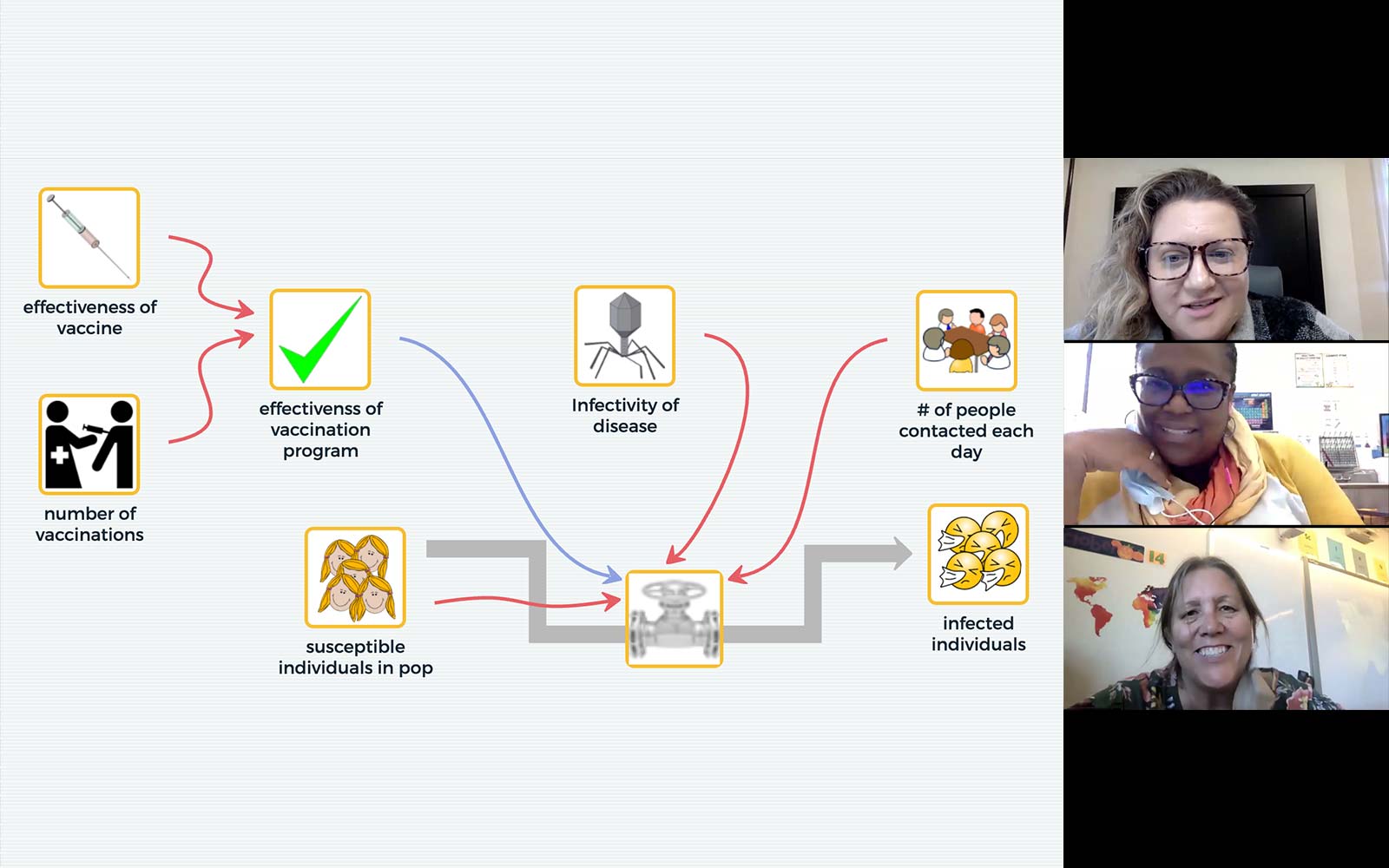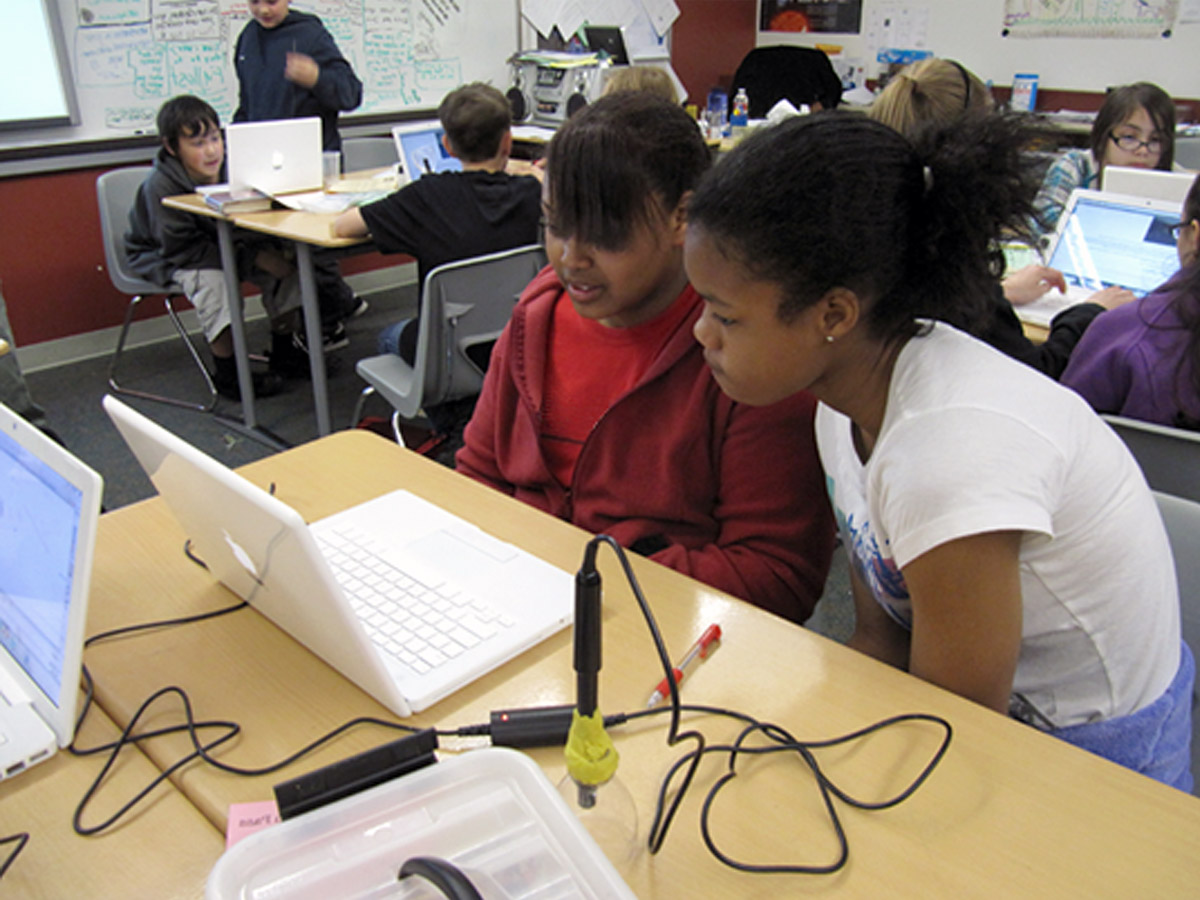Interactions
Importance
The Interactions project was a collaborative effort between the CREATE for STEM Institute at Michigan State University, the Concord Consortium, and University of Michigan. We designed, developed, and tested an innovative introductory high school science curriculum to support students in understanding the fundamental forces at the heart of physics, chemistry, biology, and other scientific disciplines.
Interactions governed by electrical forces are critical for explaining and making predictions about processes typically addressed in chemistry, biology, and Earth science, and are also important for emergent disciplines such as nanoscale science and engineering and biotechnology. Despite the importance of these interactions to many disciplines, learning research indicates that current instructional strategies generally do not support students in developing understanding of these ideas.
The instructional materials and assessments we developed focus on helping students meet important learning goals for physical and biological science. The curriculum resources include computer-based models and simulations as well as physical models to help students visualize and develop an understanding of the principles that govern interactions at very small scales. We contextualized the units by using phenomena that apply to a range of scientific disciplines.
Research
Through multiple cycles of designing, testing, and refining instructional materials and computer-based models, simulations, and assessments we developed a model curriculum to help students meet important learning goals related to interactions at very small scales.
We answered two questions:
- How does learning progress over time?
- How do the various learning activities support the development of an integrated understanding?
We found that addressing intermolecular interactions before chemical bonds helped students focus on the electrons that mediate interactions at the nano, molecular and atomic scales, thus leading to more flexible knowledge that supported future learning related to interactions at these scales.
Videos
View this video and more on the Concord Consortium YouTube Channel.
Publications
- Damelin, D., & Krajcik, J. (2015). Interactions and energy: Big ideas that link science concepts. @Concord, 19(2), 12-13.
- Damelin, D. (2014). Monday’s lesson: Exploring atomic structure. @Concord, 18(2), 7.
NGSS Design Badge
Awarded: Mar 13, 2018
Awarded To: Interactions Unit 1 - Why do some clothes stick together when they come out of the dryer?
Activities
View, launch, and assign activities developed by this project at the STEM Resource Finder.








